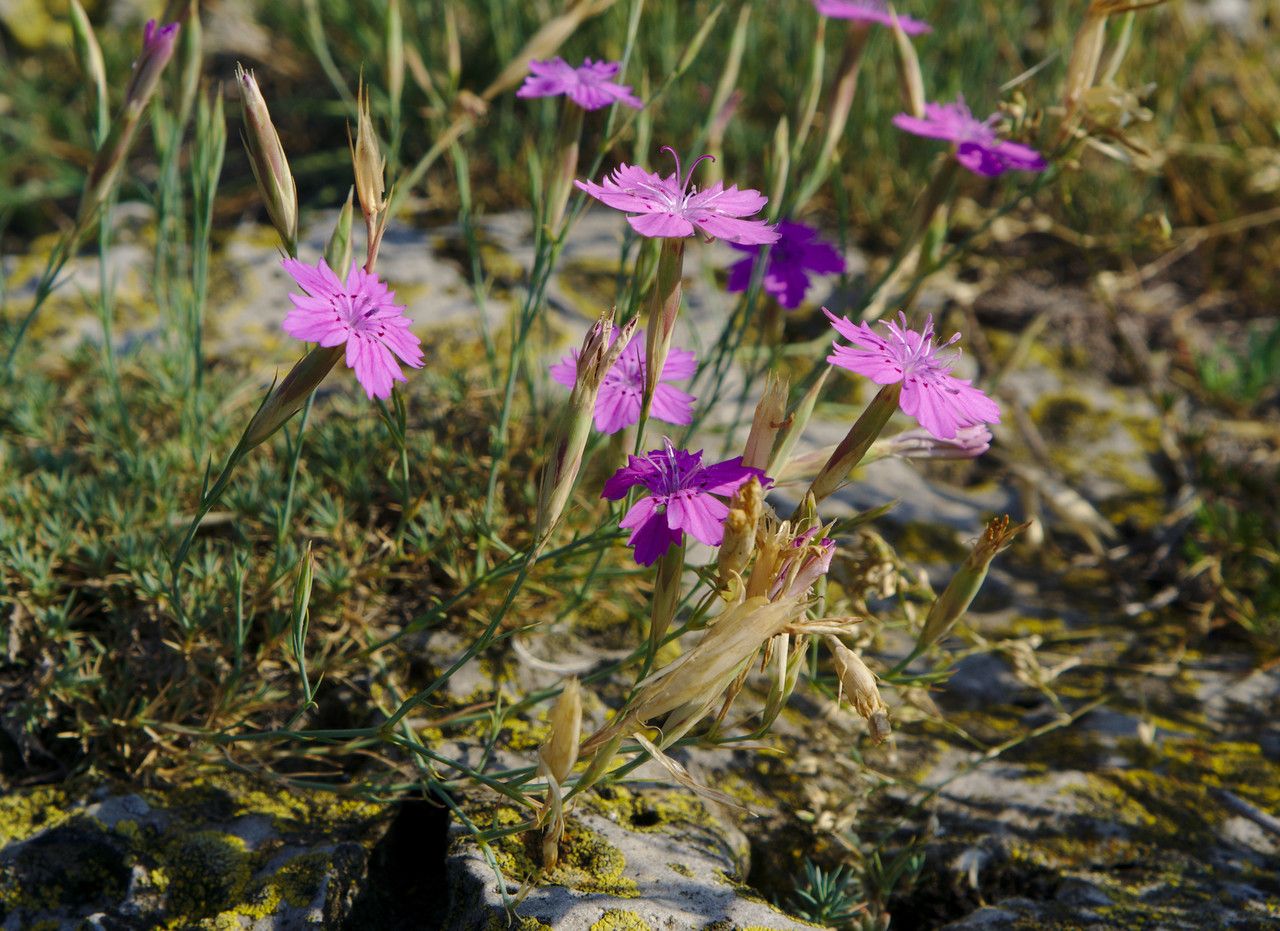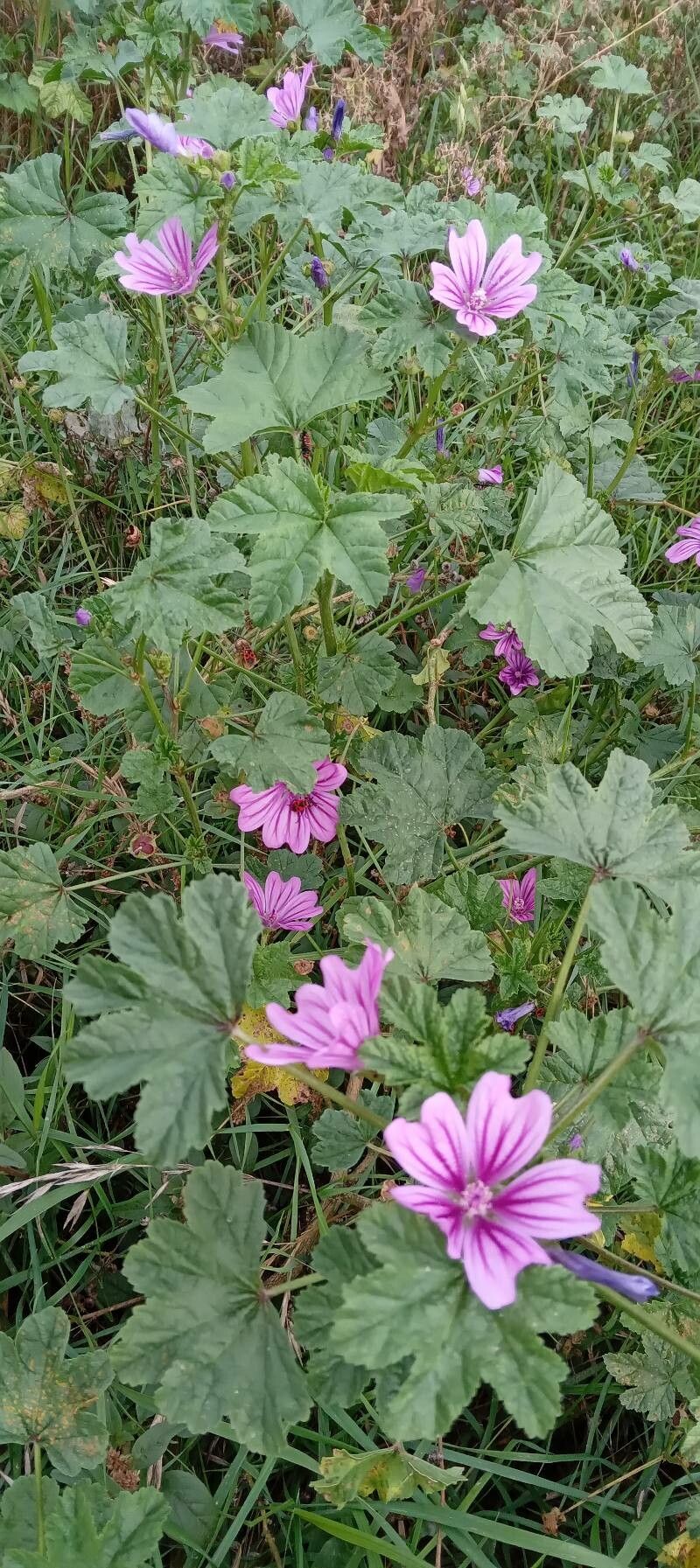## Maiden Pink: A Charming Addition to Your Garden
The Maiden Pink ( *Dianthus deltoides*), a member of the Caryophyllaceae family, is a delightful low-growing perennial boasting vibrant pink flowers. Its cheerful blooms and low-maintenance nature make it a popular choice for gardeners worldwide. This comprehensive guide will equip you with all the knowledge you need to successfully cultivate this captivating wildflower.
### Habitat and Growth
Native to Europe and Asia, Maiden Pink thrives in a variety of conditions, making it adaptable to many garden settings. It naturally inhabits meadows, grasslands, and open woodlands, preferring well-drained soil and full sun to partial shade. Its spreading habit makes it an excellent choice for ground cover, rock gardens, or as an edge planting along borders.
### Sun Exposure and Soil Needs
Maiden Pink enjoys a sunny location, tolerating full sun but also adapting to partial shade, particularly in hotter climates. Avoid consistently damp or waterlogged areas, as this can lead to root rot. It prefers well-drained, slightly alkaline soil, although it can tolerate a range of soil types. Amend heavy clay soils with organic matter to improve drainage.
### Planting and Propagation
Maiden Pink can be propagated through seeds or division. Direct sowing of seeds is best done in spring or autumn. Press the tiny seeds gently into the soil, avoiding covering them too deeply. For division, carefully dig up established plants in spring or autumn and separate the clumps, ensuring each division has a good root system. Replant the divisions, spacing them appropriately for the desired spread.
### Care and Maintenance
Once established, Maiden Pink requires minimal care. Water regularly, especially during dry periods, but avoid overwatering. Deadheading spent flowers encourages further blooming and helps maintain a neat appearance. A light feeding in spring with a balanced fertilizer can promote healthy growth, but it’s not essential. It is generally pest and disease resistant, adding to its ease of care.
### Landscape Uses
The versatility of Maiden Pink makes it a fantastic addition to various garden styles:
* **Rock gardens:** Its low-growing habit and tolerance of dry conditions make it perfect for rock gardens.
* **Ground cover:** Use it to fill gaps in borders or to suppress weeds.
* **Edging:** Create a vibrant edge along paths or walkways.
* **Wildflower meadows:** Incorporate it into a naturalized wildflower meadow for a touch of color.
### Attracting Wildlife
The blooms of Maiden Pink attract pollinators like bees and butterflies, contributing to a healthy garden ecosystem. Its low-growing nature also provides cover for beneficial insects.
### Potential Problems
While relatively low-maintenance, Maiden Pink can be susceptible to fungal diseases in overly moist conditions. Ensuring good drainage is key to preventing these issues. Slugs and snails may occasionally pose a problem, particularly in damp areas. Handpicking or using slug pellets can help control these pests.
By following these guidelines, you can enjoy the beauty and resilience of Maiden Pink in your garden for years to come. Its cheerful presence will add a touch of wildflower charm to any landscape.
Maiden Pink: Planting, Care & Growing Guide

Frequently Asked Questions
How do I grow Maiden Pink from seed?
Sow seeds directly into well-drained soil in spring or autumn. Press seeds gently into the soil surface; do not cover deeply. Keep the soil moist until germination.
Is Maiden Pink deer resistant?
Generally, Maiden Pink is considered deer-resistant. However, in areas with high deer populations, it may still be browsed upon, especially if other preferred food sources are scarce.


